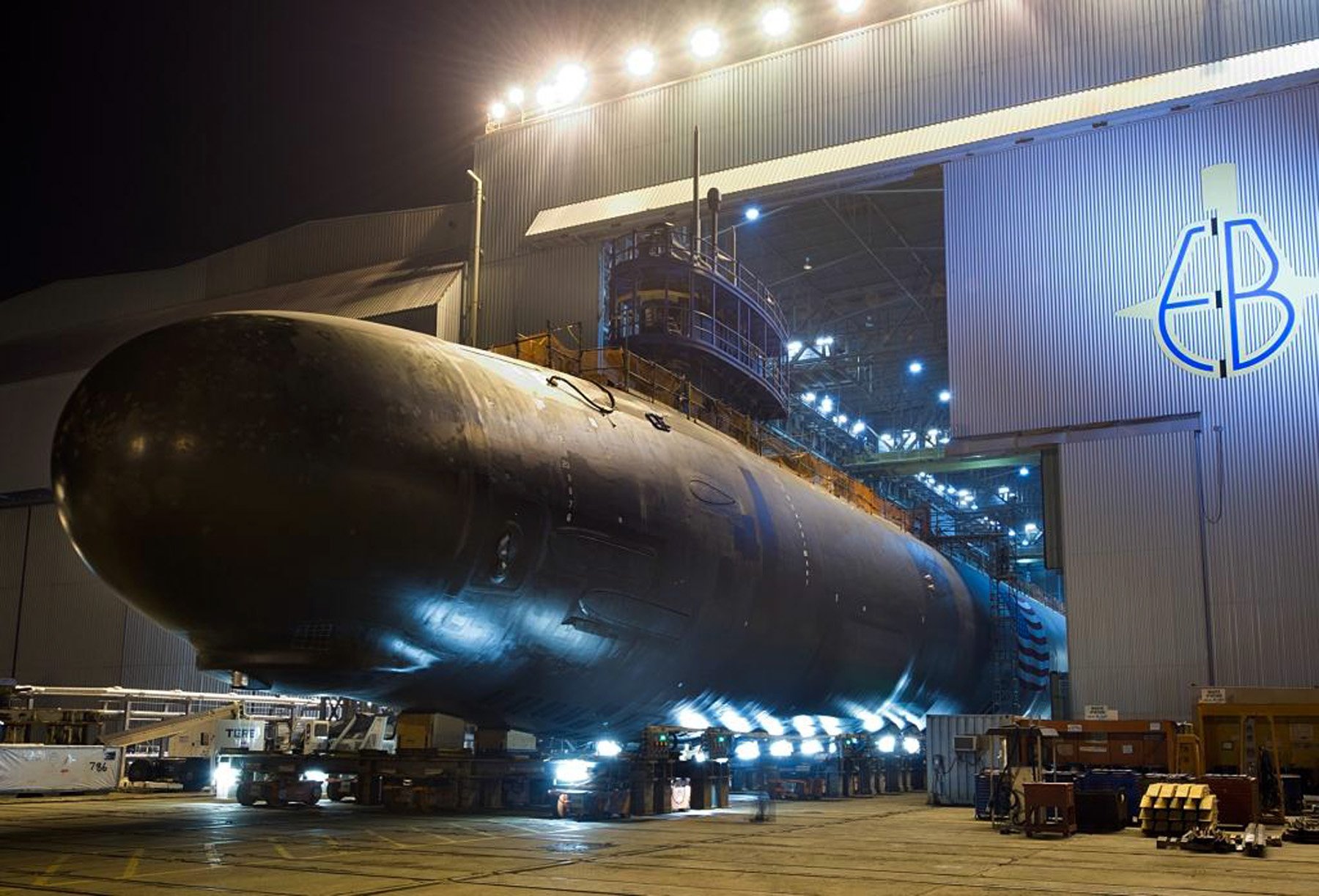General Dynamics Corporation stands as a formidable force in the global defense industry, boasting a rich history dating back to its founding in 1899. Headquartered in Reston, Virginia, General Dynamics has evolved into a diversified aerospace and defense company with a significant impact on both military and civilian sectors. This article aims to provide a comprehensive overview of General Dynamics, delving into its history, key business segments, notable achievements, and its influence on the world stage.
Historical Roots:
Founded by John Philip Holland, an Irish-American inventor known for his contributions to submarine design, General Dynamics initially focused on manufacturing submarines. The company played a crucial role during World War II, producing submarines for the United States Navy. Over the years, General Dynamics diversified its operations, expanding into various sectors of the defense industry.
Business Segments:
General Dynamics is organized into several business segments, each contributing to the company’s overall success. These segments include Aerospace, Combat Systems, Information Technology, Mission Systems, and Marine Systems.
Aerospace:
The Aerospace segment of General Dynamics encompasses businesses related to the design, manufacture, and support of aerospace systems. This includes a focus on business aviation, combat vehicles, and weapons systems. The Gulfstream Aerospace brand, a part of this segment, is renowned for producing high-performance business jets.
Combat Systems:
As the name suggests, the Combat Systems segment specializes in designing and manufacturing ground combat vehicles, weapons systems, and munitions. General Dynamics Land Systems, a key player in this segment, is responsible for creating cutting-edge armored vehicles used by military forces worldwide.
Information Technology:
General Dynamics Information Technology (GDIT) plays a pivotal role in the company’s portfolio. This segment focuses on delivering information technology, cybersecurity, and professional services to government and commercial customers. GDIT’s solutions span a wide range, from cloud computing to mission-critical systems.
Mission Systems:
The Mission Systems segment is involved in providing mission-critical solutions for defense, intelligence, and cybersecurity customers. This includes communication systems, command and control systems, and intelligence surveillance and reconnaissance (ISR) technologies.
Marine Systems:
General Dynamics Marine Systems is a global leader in the design and construction of submarines and surface ships. This segment contributes significantly to naval defense capabilities, producing state-of-the-art submarines, destroyers, and auxiliary ships for various navies.
Notable Achievements:
General Dynamics has a history marked by significant achievements, contributing to advancements in defense technology and bolstering national security. Some notable accomplishments include:
Ohio-class Submarines:
General Dynamics Electric Boat, a subsidiary, played a pivotal role in the design and construction of the Ohio-class submarines, a cornerstone of the United States’ strategic nuclear deterrent. These submarines are known for their stealth capabilities and advanced technology.
Gulfstream Business Jets:
Under the Aerospace segment, Gulfstream Aerospace has achieved acclaim for producing some of the world’s most technologically advanced business jets. The Gulfstream G650, in particular, is recognized for its range, speed, and luxurious interiors.
Abrams Main Battle Tank:
General Dynamics Land Systems is the creator of the M1 Abrams, a main battle tank that has become synonymous with the U.S. Army’s armored forces. The Abrams tank is celebrated for its firepower, mobility, and overall battlefield dominance.
Global Influence:
General Dynamics’ influence extends far beyond the borders of the United States. The company’s products and services are sought after by governments and defense forces worldwide, contributing to the security and capabilities of various nations.
International Partnerships:
General Dynamics has established strategic partnerships with numerous countries, providing them with advanced defense solutions. These collaborations range from the sale of military hardware to joint ventures for technology development and knowledge transfer.
Global Presence:
With operations and customers in more than 40 countries, General Dynamics has a truly global footprint. This widespread presence allows the company to adapt to regional requirements and collaborate with diverse stakeholders in the defense and aerospace sectors.
Corporate Social Responsibility:
In addition to its significant contributions to the defense industry, General Dynamics places a strong emphasis on corporate social responsibility (CSR). The company is committed to ethical business practices, environmental sustainability, and community engagement.
Ethical Business Practices:
General Dynamics has a robust code of ethics and conduct that guides its employees in maintaining the highest standards of integrity and transparency. This commitment to ethical business practices is essential in an industry where trust and accountability are paramount.
Environmental Stewardship:
As a responsible corporate citizen, General Dynamics recognizes the importance of environmental sustainability. The company strives to minimize its environmental impact through energy-efficient practices, waste reduction, and the development of eco-friendly technologies.
Community Engagement:
General Dynamics actively engages with communities where it operates, supporting educational initiatives, veterans’ programs, and charitable organizations. This commitment to community welfare aligns with the company’s broader mission of making a positive impact beyond its business operations.
Challenges and Future Outlook:
While General Dynamics has enjoyed decades of success, the defense industry is not without challenges. Budget constraints, geopolitical uncertainties, and the rapid pace of technological change pose ongoing challenges. The company’s ability to adapt to these dynamics, innovate, and maintain a competitive edge will be crucial for its future success.
- Technological Advancements: The defense industry is evolving rapidly, with advancements in artificial intelligence, cyber warfare, and autonomous systems reshaping the landscape. General Dynamics must continue to invest in research and development to stay at the forefront of technological innovation.
- Budgetary Pressures: Government defense budgets can be subject to fluctuations and constraints, impacting the procurement of defense systems. General Dynamics must navigate these budgetary challenges while ensuring the continued delivery of high-quality products and services.
Conclusion:
General Dynamics Corporation stands as a stalwart in the aerospace and defense industry, with a storied history, diverse business segments, and a global footprint. From submarines to business jets, the company’s contributions to technology and national security are substantial. As General Dynamics faces future challenges, its commitment to innovation, ethical business practices, and corporate social responsibility will play pivotal roles in shaping its continued success on the world stage.

